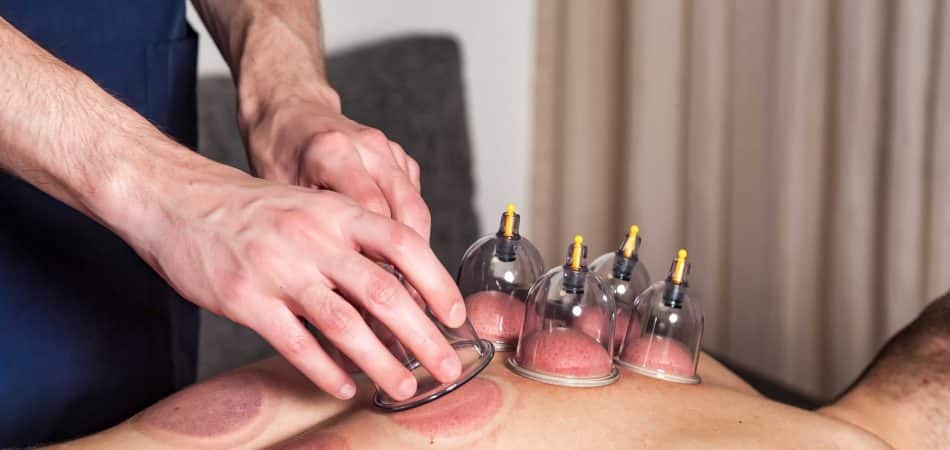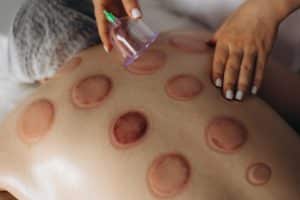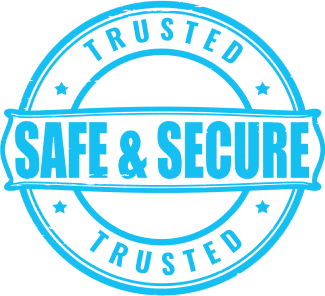
Cupping therapy has gained attention for its potential to ease pain, support circulation, and reduce inflammation. From athletes to individuals with chronic conditions, many are turning to this ancient practice for relief that doesn’t rely on medication.
But does cupping really work for circulation and inflammation? Let’s explore the facts, the science, and what you should know before trying it.
If you’re considering cupping as part of your wellness plan, contact Harmonia Health Solutions today. Our team can help you understand whether it fits your goals and guide you through safe, expert-backed options.

There are two main styles:
Though it has roots in Chinese and Middle Eastern medicine, cupping is now used in clinics, sports medicine settings, and wellness centers worldwide.
Cupping stimulates blood flow to the area under the cup. The suction causes small blood vessels to expand, which draws more oxygen and nutrients into the tissue. This rush of circulation may help the body repair damaged areas faster.
For people with poor blood flow in certain muscles or joints, cupping may help:
The effects are usually immediate but temporary. Repeated sessions may be needed for long-term issues.
Inflammation is the body’s response to injury or stress. While it helps healing, too much can lead to pain, stiffness, or disease. Some experts believe cupping may help calm overactive inflammation by encouraging lymphatic drainage and reducing the buildup of waste products.
Early research shows cupping may reduce inflammatory markers in the blood. This includes cytokines like IL-6 and TNF-α—chemicals linked to swelling and pain.
More studies are needed, but cupping may be useful for people dealing with:
Several styles of cupping are available, each with a different goal:
Your provider may use one or more of these methods depending on your health needs.
Cupping is most often used to help manage:
Always speak with a licensed provider who can assess your symptoms and determine if cupping is appropriate.
Cupping is generally safe when performed by a trained professional.
However, some people may experience:
Wet cupping carries a risk of infection if not done in a sterile setting. Make sure your provider uses clean tools and proper technique.
To get the most out of your session:
You may notice round marks on your skin. These are not bruises but signs of blood being drawn toward the surface. They usually fade in 3 to 7 days.
Some people feel energized after cupping. Others may feel relaxed or worn out. Either response is normal and a sign your body is reacting to the treatment.
To support your results:
Cupping may not work for everyone, but it can be a helpful tool, especially when combined with other treatments like massage, stretching, or physical therapy.
If you struggle with slow healing, poor circulation, or chronic inflammation, cupping could be worth exploring.
Make sure your therapist is licensed, experienced, and trained in safe practices. Ask questions and always speak up if you feel uncomfortable during your session.
If you’re curious about cupping and want to know if it’s right for your condition, contact Harmonia Health Solutions today. We can help you explore natural therapies like cupping and build a wellness plan that works with your lifestyle and goals.
Let us support your journey to better circulation, reduced inflammation, and more energy, one step at a time.

At Harmonia Health Solutions, your privacy and safety are our top priorities. We comply with HIPAA regulations to ensure that your personal information is protected, and our consultations are conducted by licensed healthcare professionals who adhere to the highest medical standards.
You’ll find information about longevity products and alternative health services, as well as news regarding the most recent holistic health and wellness research.